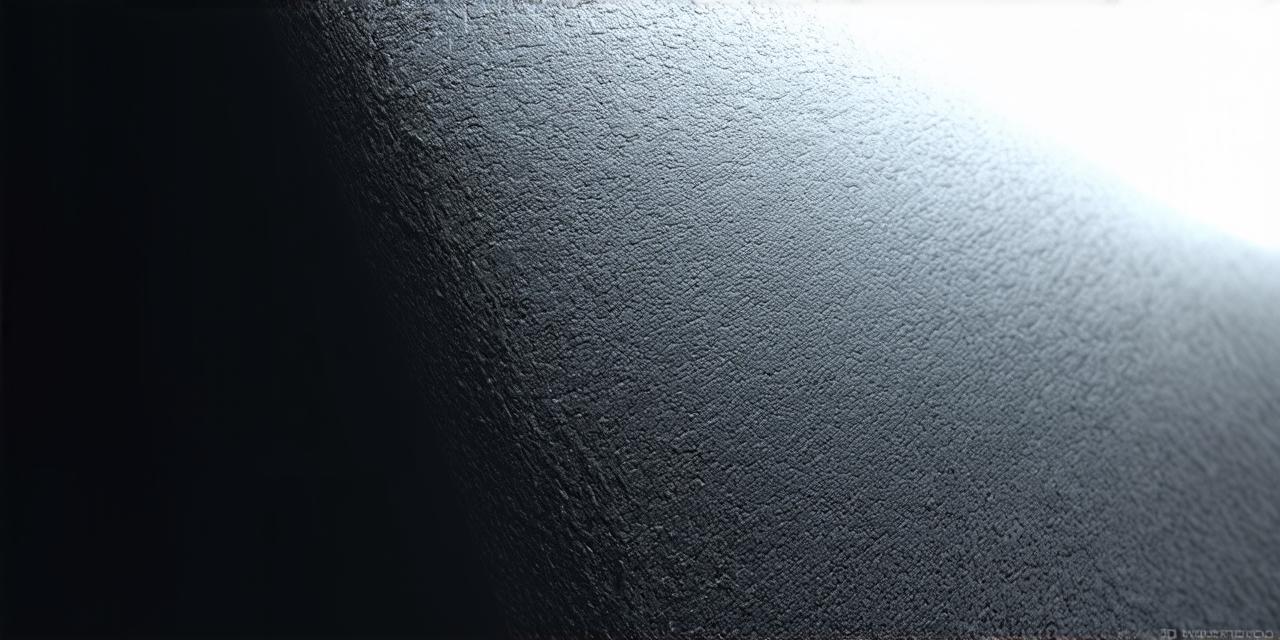
3D models are becoming increasingly popular in a variety of industries. From gaming to architecture, 3D models can help bring ideas to life and provide a more immersive experience for users.
Getting Started with 3D Models in Unity
Before you start incorporating 3D models into Unity, it’s important to understand the basics of working with them. Here are a few key things to keep in mind:
- Choose Your 3D Model Format: There are several 3D model formats available, including .obj, .fbx, and .dae. Each format has its own advantages and disadvantages, so it’s important to choose the one that works best for your needs.
- Import Your 3D Model: Once you have chosen your 3D model format, you can import it into Unity using the built-in importer or a third-party tool like Blender. When importing, make sure to adjust the scale and orientation of your model as needed.
- Set Up Materials: Materials are used to give your 3D models color, texture, and other visual elements. In Unity, you can create materials from scratch or use pre-made ones. To set up materials for your 3D model, go to the “Material” section in the “Inspector” window and assign a material to each object.
- Add Lighting: Lighting is crucial for creating realistic 3D scenes. In Unity, you can adjust the lighting by changing the intensity, color, and direction of light sources. You can also use shadow mapping to create realistic shadows on your 3D models.
- Apply Textures: Textures are used to give your 3D models a more detailed look. You can apply textures directly to your 3D model or use them as part of a material. To apply textures, go to the “Texture” section in the “Inspector” window and assign a texture to each object.
Using 3D Models in Your Unity Project
Now that you have imported your 3D model into Unity and set up the basic elements like materials, lighting, and textures, it’s time to start using it in your project. Here are a few key things to keep in mind:
- Placement: The first step is to place your 3D model in the scene. You can do this by selecting the object and dragging it around in the “Scene” viewport or using the “Transform” tools to move, rotate, and scale the object.
- Animation: If your 3D model has animations, you’ll need to import them into Unity and set them up. You can do this by going to the “Animation” section in the “Inspector” window and assigning an animation clip to each object.
- Interaction: Once your 3D model is placed in the scene, you can add interaction elements like buttons or triggers to allow users to interact with it. This can be done using Unity’s built-in scripting tools or third-party libraries like C Script and Booleans.
- Integration: Finally, you’ll need to integrate your 3D model into the overall flow of your project. This may involve setting up cameras, adding sound effects, or creating other interactive elements that respond to user input.
Real-Life Examples of 3D Models in Unity
Now that we’ve discussed the basics of incorporating 3D models into Unity let’s take a look at some real-life examples of how this can be done.
- Architectural Visualization: One common use case for 3D models in Unity is architectural visualization. By creating a 3D model of a building or other structure, architects and designers can see how their designs will look and function in real life before they are built. This can help them make more informed design decisions and reduce the risk of costly mistakes.
- Game Development: Unity is widely used for game development, and 3D models play a critical role in creating immersive and engaging games. From first-person shooters to puzzle games, 3D models can bring game worlds to life and provide players with a more realistic experience.
- Virtual Reality (VR) and Augmented Reality (AR): VR and AR technologies are becoming increasingly popular for creating immersive experiences. By incorporating 3D models into Unity, developers can create virtual environments that respond to user input and allow them to interact with the world in new and exciting ways.
- Product Design: Product designers can use 3D models to test and refine their designs before they are manufactured. This can help reduce costs and improve product quality by identifying potential issues early on in the design process.
FAQs
Here are some frequently asked questions about using 3D models in Unity:
1. What software do I need to create 3D models?
There are many different 3D modeling software options available, including Blender, Maya, and SketchUp. Choose the one that works best for your needs and skill level.
2. Can I use my own 3D model in Unity?
Yes, you can import any 3D model format into Unity and use it in your project. Just make sure to adjust the scale and orientation as needed.

3. How do I add animations to my 3D model in Unity?
Go to the “Animation” section in the “Inspector” window and assign an animation clip to each object. You can also create your own animations using Unity’s built-in scripting tools.
4. Can I integrate my 3D model with other technologies like VR or AR?
Yes, you can use your 3D model in conjunction with VR or AR technologies to create immersive experiences. There are many third-party libraries and tools available that can help you do this.
5. What are some best practices for working with 3D models in Unity?
Some best practices include keeping your models simple and optimized for performance, using textures and materials to add detail and realism, and testing your scenes thoroughly to ensure they work as intended.
Summary
Incorporating 3D models into Unity can be a powerful way to bring your ideas to life and create engaging experiences for users. By following the steps outlined in this article and using the tips and tricks provided, you can create stunning 3D scenes that will captivate and inspire your audience.

